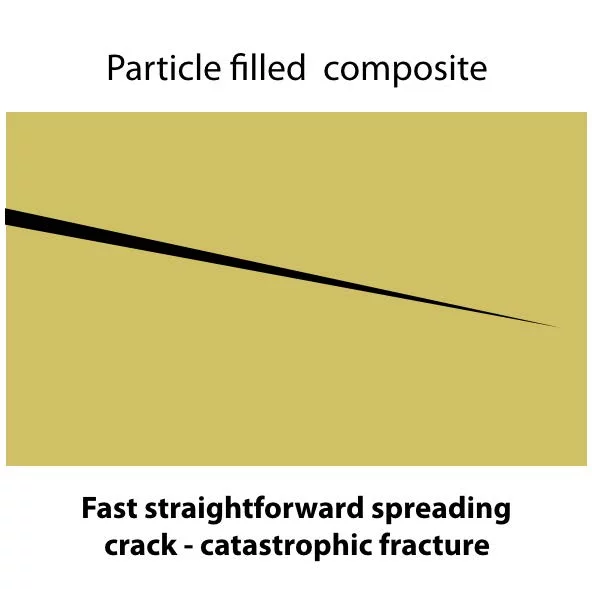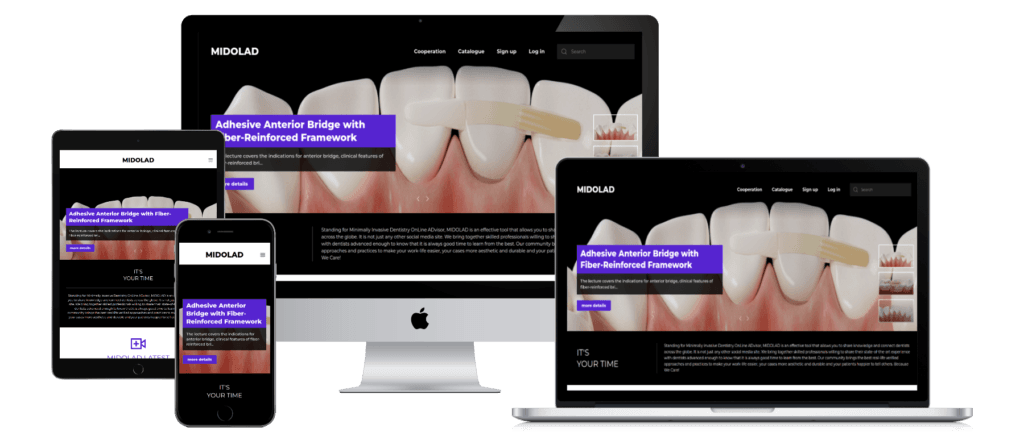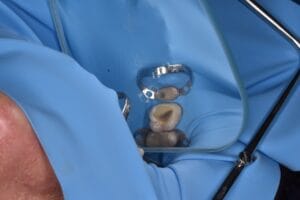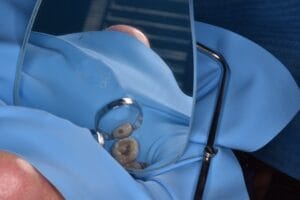Choose your location
Select your location to set currency and shipping options.
Select your location to set currency and shipping options.
$129
Composite fillings of class I, II and V, deep cavities in endodontically treated teeth, pre-endodontic andpost-endodontic restorations, core restorations
Contains 20 unitip compules of 0.13 ml (0.25 g) each

Fibrafill® DENTIN is tailored for dental professionals seeking to replicate the natural dentin layer with advanced composite materials.

Its formulation, enhanced with sub-micron inorganic fibers, offers a unique combination of toughness and adaptability for a wide range of restorative needs.

With Fibrafill® DENTIN, practitioners can deliver restorations that are not just durable but also optimized for stress distribution and minimization of potential fractures, embodying the latest in conservative dental restoration techniques.

Choose Fibrafill® DENTIN and experience the harmony of cutting-edge science and artistry in your dental practice.
Given the fact that the fracture is the most common reason for failure, understanding and following the biomechanical principles of restoring teeth is an essential approach to reduce the risk of failure and increase the clinical efficacy of composite restorations. Thanks to the unique structural features, using Fibrafill® products helps to follow these principles to reach biomimetic resilient restorations.
Manifestation of fracture is related to uneven distribution of stresses and stress concentration. If the load exceeds the load-bearing capacity, the fracture originates in the stress concentration areas and propagates until causing a functional failure of the restoration. Cuspal deflection is a good indicator of loss of the original biomechanics of hard dental tissues. Based on the study of Magne7,8, the deflection under static load is increasing along with the scale of restoration (from MO/OD to MOD). It has been shown that the filling does not restore the original biomechanics due to the loss of the original structural integrity (Fig. 1).

Compromised tooth structure is prone to fracture due to stress concentration, manifested especially in the areas with a sudden change in geometry, i.e. where the bottom of the cavity verges on the cavity walls (Fig. 2). The phenomenon of stress concentration effect is proved in many studies describing stress distribution for enamel, dentin and composite restoration due to masticatory load and polymerization shrinkage.

Considering large-scale restorations, the original biomechanics of the tooth cannot be functionally restored to their full extent. However, the choice of materials that includes consideration of durability and function can play an important role in terms of long-term clinical efficacy of the restorations. The design of Fibrafill® products was inspired by the aforementioned structural characteristics of an intact tooth.
Reinforcing glass fiber membrane integrated into the discrete dose of bulk-fill composite Fibrafill® CUBE. Vertical load generates tension in the membrane which relieves vertical stress in the bottom layer (Fig. 4). The membrane prevents the effect of stress concentration, propagation or cracs in the restoration and secures marginal integrity of restoration by reducing the shear stress transferred to the adhesive joint. This includes the following material features:

Two types of short randomly oriented sub-micron fibers in Fibrafill® FLOW and Fibrafill® DENTIN composites create structural barriers against crack propagation (i.e. icreased fracture toughness). Cracks propagate very fast in the brittle materials that absorb relatively little energy prior to the fracture. As a result of fiber incorporation, propagation of cracks consumes much more energy and the material is able to resist continuous mastication forces and prevent fractures of the restoration and remaining hard dental tissues (Fig. 5).

Fibrafill® system provides unique solution inspired by nature as well as modern technologies. The technology is based on the reinforcing effect of both continual and dispersed fibers. Similarly to collagen protein strands that reinforce the structure of bones or steel skeleton that reinforces concrete constructions, specially treated inorganic fibers provide the required resistance to omposite based restorations.
Biomimetic restoration based on Fibrafill® system is represented by the large Class II restoration (Fig. 6). Fibrafill® FLOW is employed as a flowable liner to improve the marginal integrity of the restoration. Fibrafill® CUBE with continuous membrane is used to prevent stress concentration and support weakened tooth walls. Fibrafill® DENTIN is used to fill the remaining volume of the cavity under the occlusion layer. For a cuspal build-up and restoration of occlusal surface it is possible to use any conventional esthetic composite. Fibrafill® products are fully compatible with any dimethacrylate-based adhesive systems and resin composites. The products can be used individually in accordance with the intended purpose of use based on the particular clinical situation and preferences of a particular dentist.

Our FAQ for Fibrafill is currently in preparation. In the meantime, if you have any questions, please use the form to reach out to us. Thank you for your patience!
If you can’t find the answer you’re looking for in our Q&A, feel free to submit your question using the form below. Your question might be featured in our Q&A to help others in the future.
We have prepared detailed tutorials on our Dentapreg and Fibrafill product lines, covering, among other things, information on Fibrafill Flow.

By Hana Hubálková






